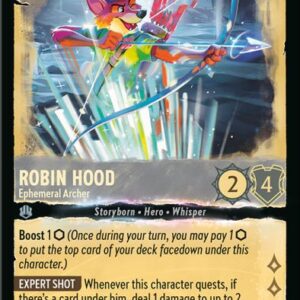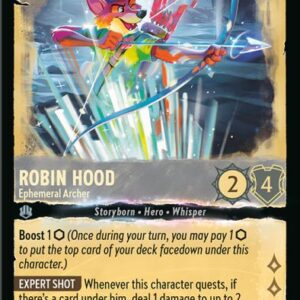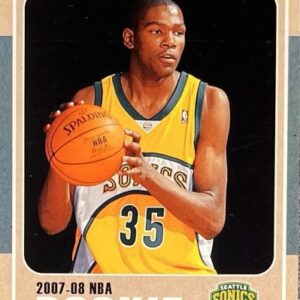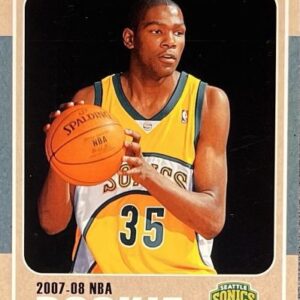In the realm of trading card games, where strategy and thematic creativity often collide, few announcements have generated as much buzz as the recent reveal of the Spider-Man-themed Magic: The Gathering set. Initially, die-hard fans of both the arachnid superhero and the beloved trading card game were left with a twinge of disappointment; the absence of preconstructed Commander decks seemed like a missed opportunity. However, just as hopes appeared to dwindle, a cultural icon swung onto the scene—Spider-Punk, a refreshing take on the Spider-Man legacy, bringing with him a new layer of excitement and strategic depth to the game.
Spider-Punk immediately captivated the community’s imagination with his modest two-mana cost and a Riot ability, offering a choice between haste or a +1/+1 counter. But if that piqued interest, it was his disruptively unique abilities that truly captured the spotlight and conversation at kitchen tables and local game stores alike. Imagine a game where spells and abilities are impervious to counter magic, where damage is inevitable and inescapable. Spider-Punk introduces an anarchic environment where the usual protective spells like Counterspell, Teferi’s Protection, and the often-omnipotent The One Ring become impotent relics of a more controlled era. For many players who thrive on chaos and unpredictability, Spider-Punk is no mere curiosity—he is the embodiment of the red deck chaos philosophy, the rebel punk in the web-slinging entourage.
Yet, the arrival of Spider-Punk in the Commander format is not without its controversies. What makes this webbed crusader so divisive is his power’s inherent duality—a blessing and a curse wrapped into one electrifying package. On your turn, the chaotic clarity he provides can steamroll barriers, clearing a path for assured victory, unimpeded by the spells and schemes of meddling rivals. But the coin flips to show its less favorable side as soon as the turn is handed off. With Spider-Punk’s aegis stretching to all players, opponents are afforded the same merciless freedom, unleashing instant-speed aggressions that previously lay shackled by counter responses. Collector beware, for Spider-Punk’s frail form makes him susceptible to removal, often evaporating into nothingness before his wielder’s schemes can fully ripen.
Even with the potential risks and rewards laid bare, demand for this unconventional card knows no bounds. Regular versions are already trading aggressively in the low twenties, while foils command a princely sum, consistently nearing the sixty-dollar mark. Not resting on mere modesty, those whose ambition mirrors Spider-Punk’s flair for the dramatic will find the special borderless editions ranging from a lucrative forty-eight to a staggering fifty-five dollars. Clearly, even cardboard effigies of counterculture aren’t immune to the allure of market economics.
Yet if Spider-Punk’s rhythm is the heart of this set’s story, it is not the only tale worth telling. Drenched in colorful creativity, the set spins an entire web of synergy and possibility. The Soul Stone, for example, has already established itself as a quintessential artifact worth chasing, serving as an indestructible mana conduit that slyly doubles as a reanimation engine. This multifaceted marvel seems poised to become a staple, providing both reliability and utility in a fiercely competitive meta.
Not to be outdone, the set expands its cast of rogues and renegades with Dr. Octopus and the Green Goblin, each possessing a penchant for peculiar yet tantalizing game play. Dr. Octopus saunters to the table as a potential tribal leader for villainous synergies, gifting players with fresh card-drawing mechanics that introduce depth to an old archetype. Meanwhile, Mayhem, in true Green Goblin fashion, revels in a discard-centric strategy, transforming discarded cards into formidable threats, beating opponent control with cunning and chaos.
In this intriguing dance of heroics and villainy, the Spider-Man Magic set reshapes what it means to engage in the Commander format, inviting players both new and old to think, strategize, and play in novel ways. The cultural tapestry of Spider-Man, woven with Magic’s strategic intricacies, forms a new patchwork of gameplay strategy and narrative that continues to fuel the boundless imaginations of its audience. Enmeshed in this newfound paradigm, one must wonder: does Spider-Punk signify a fleeting disruption in the status quo, or is he heralding a long-lasting revolution in how Magic is championed in the realm of Commander?
Only time, and the ever-surprising nature of a game beloved by millions, will truly tell. Until then, amidst the chaos and camaraderie Spider-Punk evokes, one thing is abundantly clear: magic, whether wielded by wizards or superheroes, never ceases to captivate.






